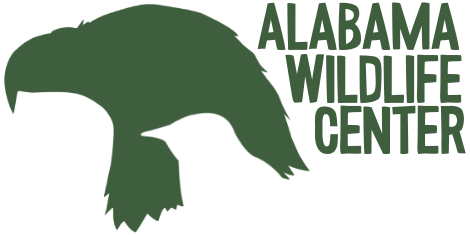Found an Injured Raptor?
If you have found an injured raptor, AWC will try to help you get the bird to our rehabilitation clinic inside Oak Mountain State Park
11:00 AM to 4:00 PM
(205) 663-7930 | Ext 1
If the raptor is already confined, please keep it in a warm (not hot) quiet place, and call our Wildlife Helpline immediately for further instructions.
CAPTURE & CONFINE
Suggested Box Sizes
Small Raptors (e.g., Kestrels)
18″ x 18″ x 18″
Medium Raptors (e.g., Hawks)
2′ x 2′ x 2′
Large Raptors (e.g., Osprey)
3′ x 3′ x 3′
